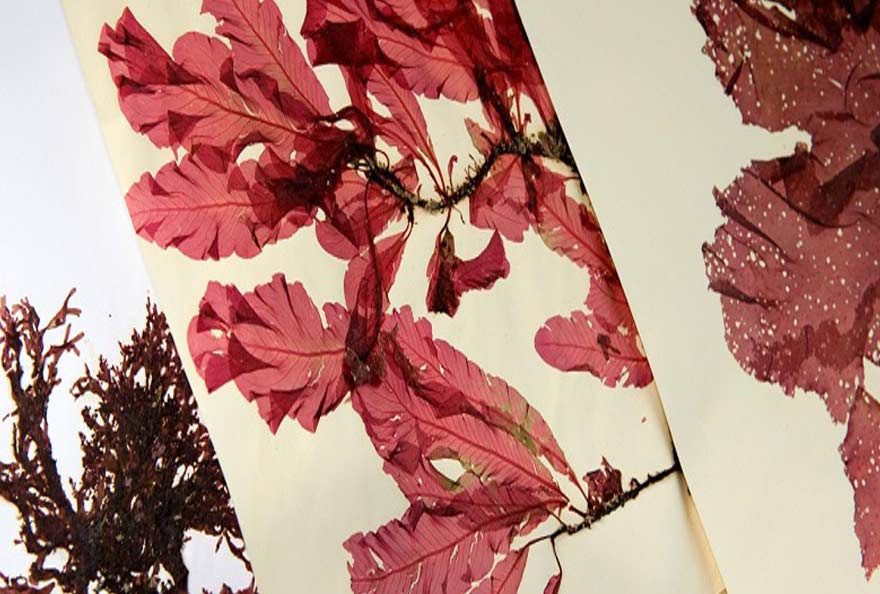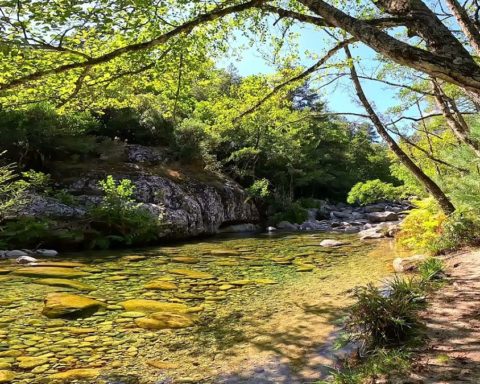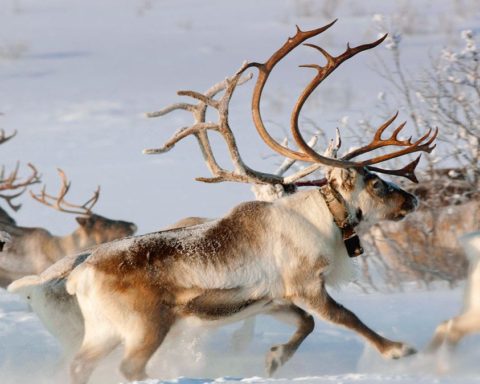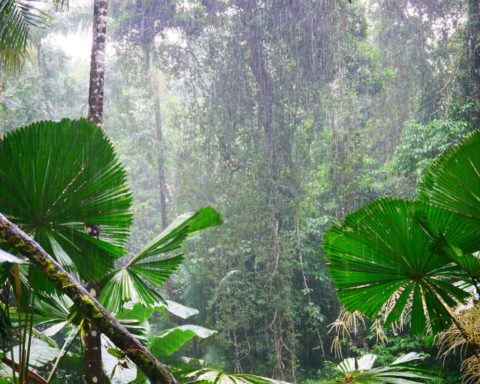

History of the renovation of the MNHN herbarium told in a web-series entitled "Herbarium 2.0", visible on the website www.webdoc-herbier.com


History of the renovation of the MNHN herbarium told in a web-series entitled "Herbarium 2.0", visible on the website www.webdoc-herbier.com
Why not enjoy unlimited reading of UP'? Subscribe from €1.90 per week.



Already registered? I'm connecting
Register and read three articles for free. Subscribe to our newsletter to keep up to date with the latest news.
→ Register for free to continue reading.

You have received 3 free articles to discover UP'.





